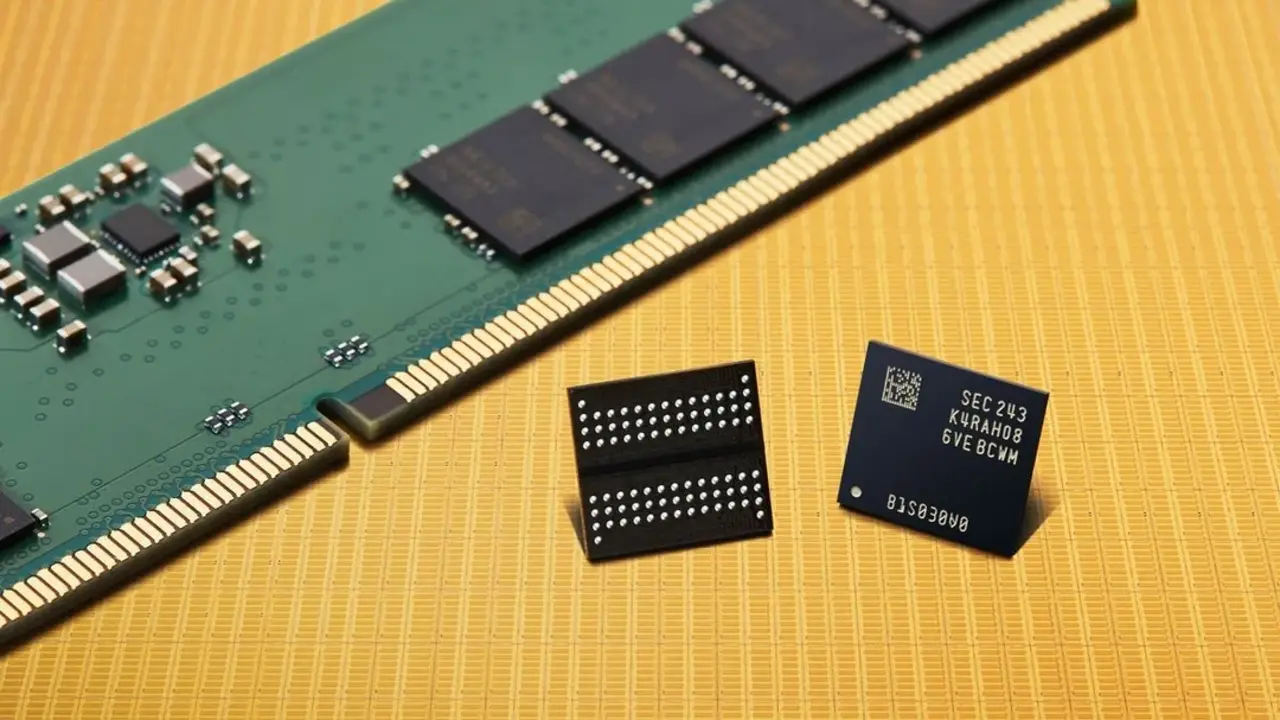Revenues in the global DRAM market grew by 17.1 percent in the second quarter of 2025, reaching $31.63 billion. However, this growth is accompanied by a growing DDR4 RAM crisis. Manufacturers’ shifting focus to DDR5 and HBM memory used in AI chips has significantly constrained the supply of older-generation DDR4.
DDR4 RAM prices are staggering
As a result, DDR4 prices have now surpassed DDR5 prices. Demand, particularly in PCs and servers running older platforms, remains high. This supply-demand imbalance suggests DDR4 prices will remain high until the end of 2025.

SK Hynix led the DRAM market. The company increased its revenue by 25.8 percent, reaching $12.23 billion, and strengthened its leadership with a 38.7 percent market share. Samsung achieved $10.35 billion in revenue with 13.7 percent growth, but its market share fell to 32.7 percent. Micron, despite increasing its shipments, was only able to increase its revenue by 5.7 percent due to the higher weight of DDR4.
The increasing cost of DDR4 may encourage users to switch to DDR5. For users with AMD AM4 and older Intel platforms, upgrading to new systems with DDR5 support is now a more logical option. This could further accelerate the generational transition in the market.
This price increase is particularly challenging for users looking to upgrade their older computers. For those still needing DDR4 RAM, limited stock and rising prices make budget-friendly upgrades impossible. As the effects of this change begin to be felt in the market, the DDR4 era appears to be slowly coming to an end for both technology manufacturers and consumers.













